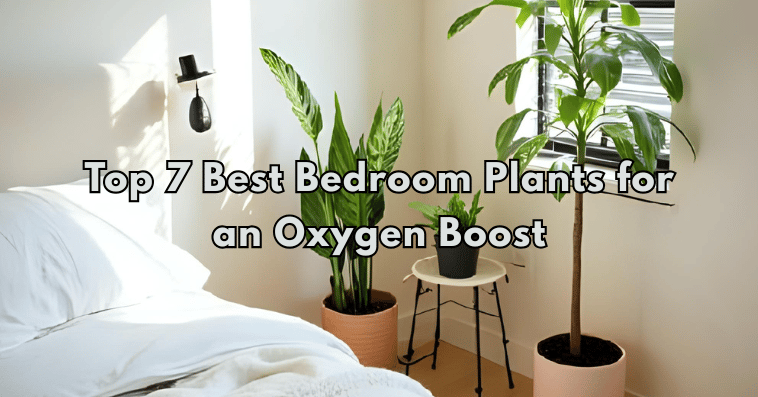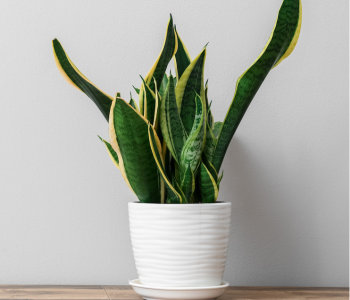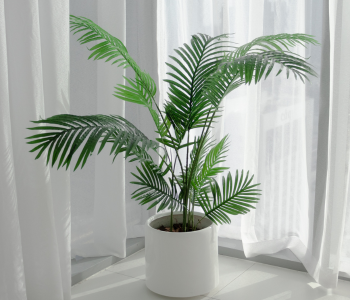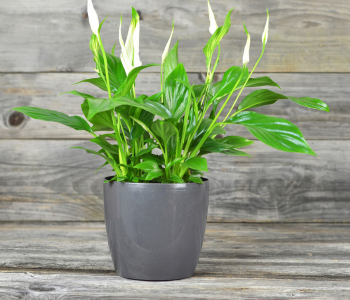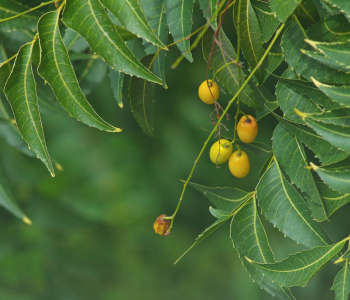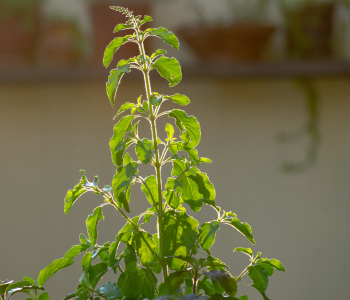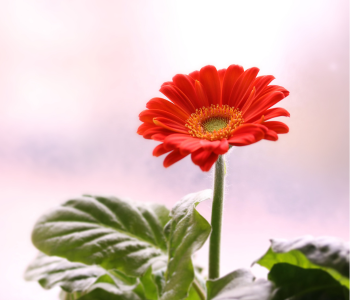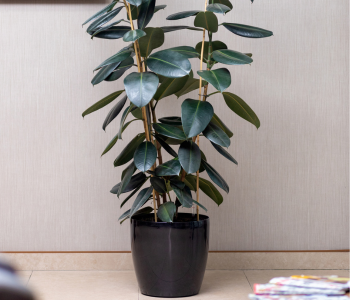Do you often wake up feeling tired, groggy, or restless despite getting enough sleep? The secret to better sleep and a refreshed morning may not lie in your routine—but in your bedroom air quality. Introducing indoor plants for oxygen boost is one of the simplest yet most effective ways to improve the air you breathe. Let’s explore the best bedroom plants that release oxygen at night, clean toxins, and even uplift your mood.
Whether you’re a seasoned gardener or just getting started, these oxygen-rich plants are low-maintenance, look beautiful, and are perfect for any indoor space. Plus, if you're wondering where to buy these plants online, we’ve got you covered.
Why Do You Need Oxygen-Boosting Plants in the Bedroom?
Indoor air can be more polluted than outdoor air due to dust, chemicals, and low ventilation. During sleep, our bodies need a constant supply of fresh oxygen to recover and function properly. That’s where oxygen-producing indoor plants come in.
Some houseplants perform photosynthesis even at night, releasing oxygen while absorbing carbon dioxide and airborne toxins like formaldehyde, benzene, and xylene. This leads to:
-
Better sleep quality
-
Improved mood and productivity
-
Reduced allergies and respiratory issues
-
Natural humidity control
10 Best Plants for Bedroom Oxygen Boost
Let’s dive into the most effective and best air-purifying plants you can keep in your bedroom for a natural oxygen upgrade.
1. Snake Plant (Sansevieria trifasciata)
The snake plant, also called Mother-in-law’s tongue, is famous for releasing oxygen even at night—a process called CAM (Crassulacean Acid Metabolism). NASA ranks it among the most effective plants for cleansing indoor air.
Why it’s perfect for bedrooms:
-
Removes benzene, formaldehyde, and xylene
-
Requires minimal water and indirect sunlight
-
Looks striking with tall, sword-like leaves
2. Aloe Vera
This succulent is more than a skincare miracle—aloe vera is a powerful oxygen plant for bedrooms. It improves indoor air quality and is known to emit oxygen at night.
Why it’s perfect:
-
Removes formaldehyde and benzene
-
Low maintenance and drought-tolerant
-
Also useful for skin burns and cuts
3. Areca Palm (Dypsis lutescens)
Want to bring a touch of the tropics indoors? The Areca Palm stands out as a top air-purifying plant that boosts oxygen levels while naturally humidifying dry indoor spaces.
Benefits:
-
Acts as a natural humidifier
-
Non-toxic to pets
-
Requires bright, indirect light
4. Peace Lily (Spathiphyllum)
The peace lily is both elegant and efficient. Known to filter out pollutants like ammonia and acetone, it also increases bedroom oxygen levels.
Why gardeners love it:
-
Flowers beautifully indoors
-
Easy to care for
-
Thrives in low light and humid conditions
5. Neem Plant (Azadirachta indica)
This traditional Indian plant has medicinal properties and is now popular as an indoor oxygen-boosting plant.
Why it’s a great pick:
-
Natural air detoxifier
-
Acts as a mosquito repellent
-
Needs bright light and moderate watering
6. Money Plant (Epipremnum aureum)
Popularly called Devil’s Ivy, the money plant is a rapidly growing, cascading vine recognized for its ability to purify air and efficiently produce oxygen.
Why it’s perfect for bedrooms:
-
Grows in water or soil
-
Purifies air pollutants like carbon monoxide
-
Symbolizes prosperity and good luck
7. Tulsi (Holy Basil)
Widely revered in Indian homes, Tulsi is an exceptional natural air purifier that emits oxygen for up to 20 hours daily.
Reasons to include it:
-
Eliminates harmful gases
-
Antibacterial and stress-relieving properties
-
Needs 4-6 hours of sunlight daily
8. Spider Plant (Chlorophytum comosum)
One of the easiest plants to grow indoors, the spider plant is loved for its ability to absorb carbon monoxide and formaldehyde.
Ideal for gardeners because:
-
Requires minimal effort
-
Safe for pets and kids
-
Grows in indirect sunlight
9. Gerbera Daisy
While typically grown outdoors, gerbera daisy is one of the few flowering plants that release oxygen during the night.
Why it’s bedroom-friendly:
-
Bright, cheerful flowers
-
Removes benzene and trichloroethylene
-
Needs bright light and moist soil
10. Rubber Plant (Ficus elastica)
The rubber plant, known for its rich green, shiny foliage, is highly effective at boosting oxygen levels and trapping dust particles.
Perks:
-
Absorbs carbon dioxide and toxins
-
Adds visual interest to the room
-
Easy to maintain with indirect sunlight
Tips for Keeping Bedroom Plants Healthy
Once you've selected your ideal oxygen plants, here’s how to keep them thriving:
-
Avoid overwatering. Most indoor plants need watering only once a week.
-
Rotate sunlight exposure. Even low-light plants need some natural light.
-
Use good-quality potting soil and pots with drainage holes.
-
Dust the leaves regularly to maintain air-purifying efficiency.
-
Don’t overcrowd. Too many plants in a small space may lead to humidity build-up.
Where to Buy These Oxygen-Boosting Plants?
You don’t have to search far and wide. For top-quality bedroom plants with fast delivery and expert guidance, head over to Paudhewale – your trusted destination for indoor and outdoor gardening essentials.
Paudhewale offers:
-
A wide range of oxygen-producing plants
-
Affordable pricing with doorstep delivery
-
Care instructions and gardening support
-
Sustainable packaging and healthy plants

